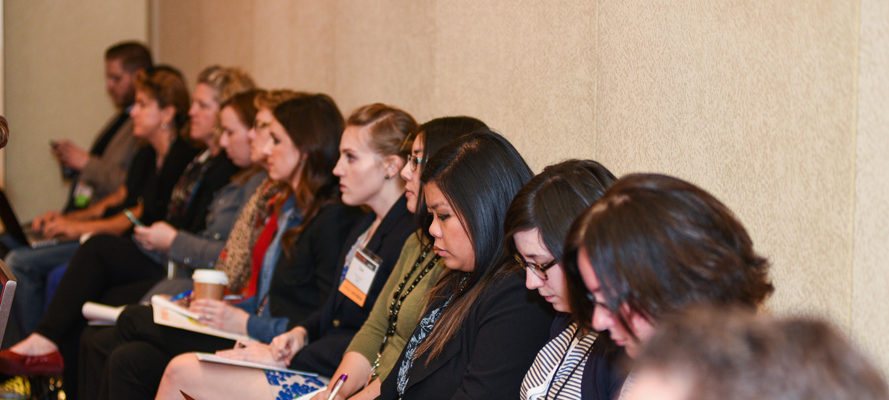Deconstructing the Economic Factors Affecting Professional Learning
By SmartBrief Editors
This post is produced in partnership with UPCEA.
The desire to advance in a career field or life in general is not enough for individuals who are ready to learn more and better their circumstances. Disparity exists when it comes to post-secondary education, including traditional college, certification programs and other forms of professional learning. From the hunger divide on college campuses nationwide, to the prohibitive cost of advanced learning and lack of financial education, not all opportunity is created equal.
An understanding of what potential students face is imperative if marketers want to engage them and ultimately help them succeed. Here is a look at some of the biggest economic factors challenging potential professional learners — and how marketers can fill the void.
Job-School Balance
The economic toll of working full-time while paying for advanced classes can often prohibit individuals from graduating or participating in continuing education programming. Yet, working a full-time job while balancing a full course load is a challenge more students face today than ever before. A Georgetown University study reports that more than three fourths of graduate students, and approximately 40% of undergraduates, work at least 30 hours a week while attending school. About 25% of working learners are simultaneously attending full-time college while holding down a full-time job. Marketers should increasingly offer flexibility in scheduling and course length — from accelerated to longer time frames — to better accommodate professional learners who are doing double duty.
Other Financial Constraints
A 2018 US Government Accountability Office report states that there are nearly 2 million “at-risk” college students who are low-income, first-generation, or are raising children of their own. These students are trying to make ends meet in terms of college tuition and living expenses. Further complication matters is that within the past decade, there has been a downward trend in financial literacy. According to InvestmentNews, 78% of financial advisors strongly agree that financial literacy is a concern in the United States. After home mortgages, student loans are the second highest household liability and the most common form of consumer debt to become delinquent.
Unfortunately, as vital as financial literacy is, there is a gross lack of programming available to students. Financial education just isn’t part of the curriculum these days. In fact, only five states require a high school level, standalone personal finance course. Consumers are not prepared to make big financial decisions, as policy makers and educators have placed such a low importance on financial literacy. Marketers stand to benefit from policies that emphasize financial literacy, as young as middle and high school, and should lead the way with clear financial explanation and assistance programs of their own.
Food Insecurity
College students have many concerns and plenty to balance when it comes to navigating classes and working part-time or full-time jobs. Roughly one third of students are also dealing with some form of food insecurity, too. While the amount of food insecure Americans overall is around 13 percent, research from Temple University found that 50% of students at over 100 colleges can not afford balanced meals. Even more shocking, 35% of students are regularly skipping meals due to the cost of food. Food banks on college campuses have been the primary method for addressing this hunger divide but a new industry-led focus on prevention is beginning to surface as emphasis is being placed on qualifying students for food stamps and other benefits when needed. Marketers should get behind programs and policies that identify, educate and feed students to combat the negative health and academic effects of food insecurity.
The challenges for individuals pursuing post-secondary education and professional learning opportunities is great. Navigating food insecurity, juggling the cost of schooling while working full-time and lack of financial education are among the contributing obstacles. While inequality and economic barriers are present in education, identifying and examining this disparity is the first step in eliciting change.
Other UPCEA Updates + Blogs
Results of Global Lifelong Learning Study Released
UPCEA supported the Universities Association for Lifelong Learning (UALL)’s comprehensive global study. WASHINGTON (June 18, 2025) – UPCEA, the online…
Read MoreNew Book Offers Strategic Blueprint for the Decade of the Chief Online Learning Officer
UPCEA and Routledge Publish Landmark Guide to Elevating Online Education Leadership WASHINGTON (June 17, 2025) – UPCEA, the online and…
Read More

